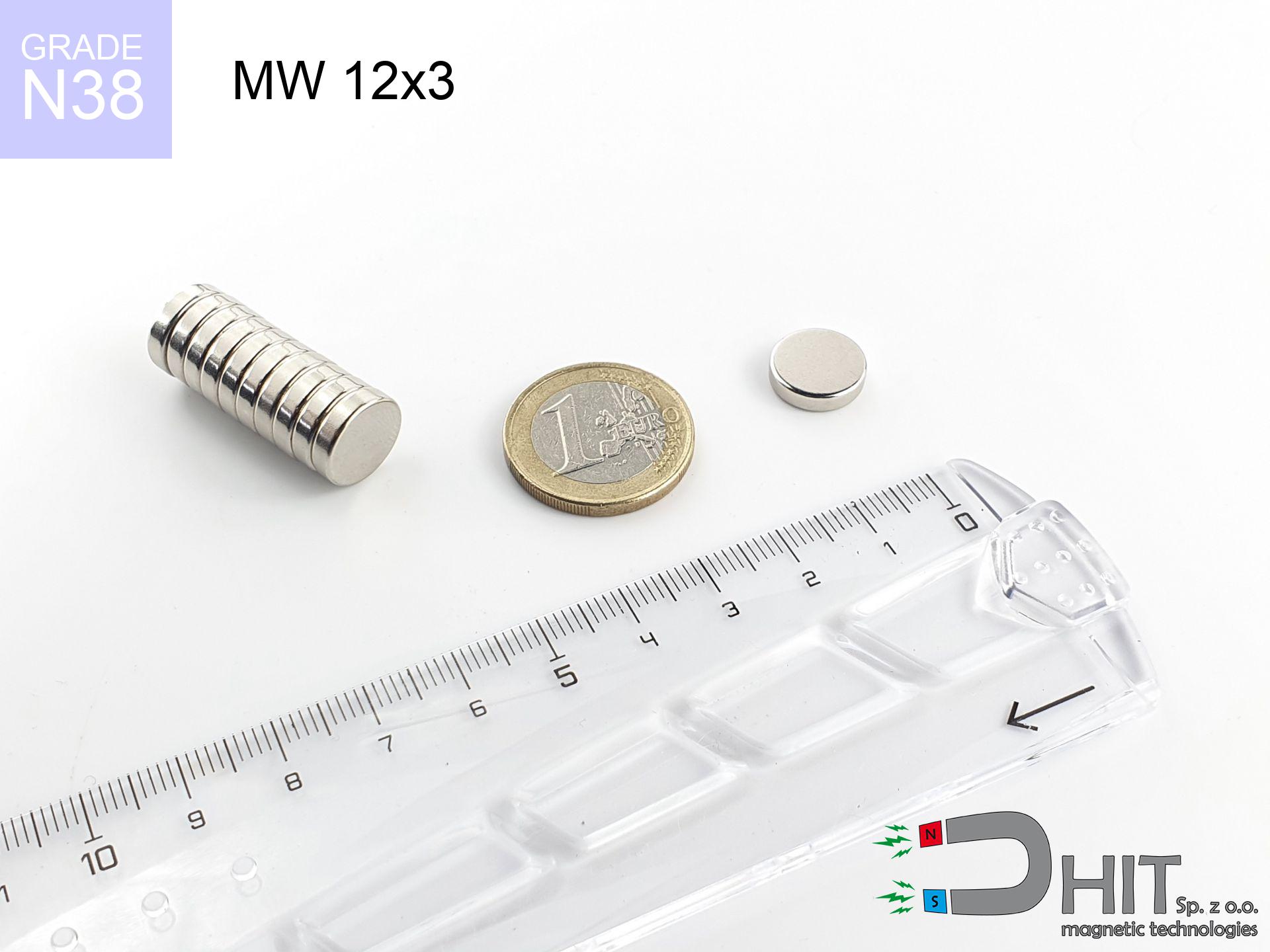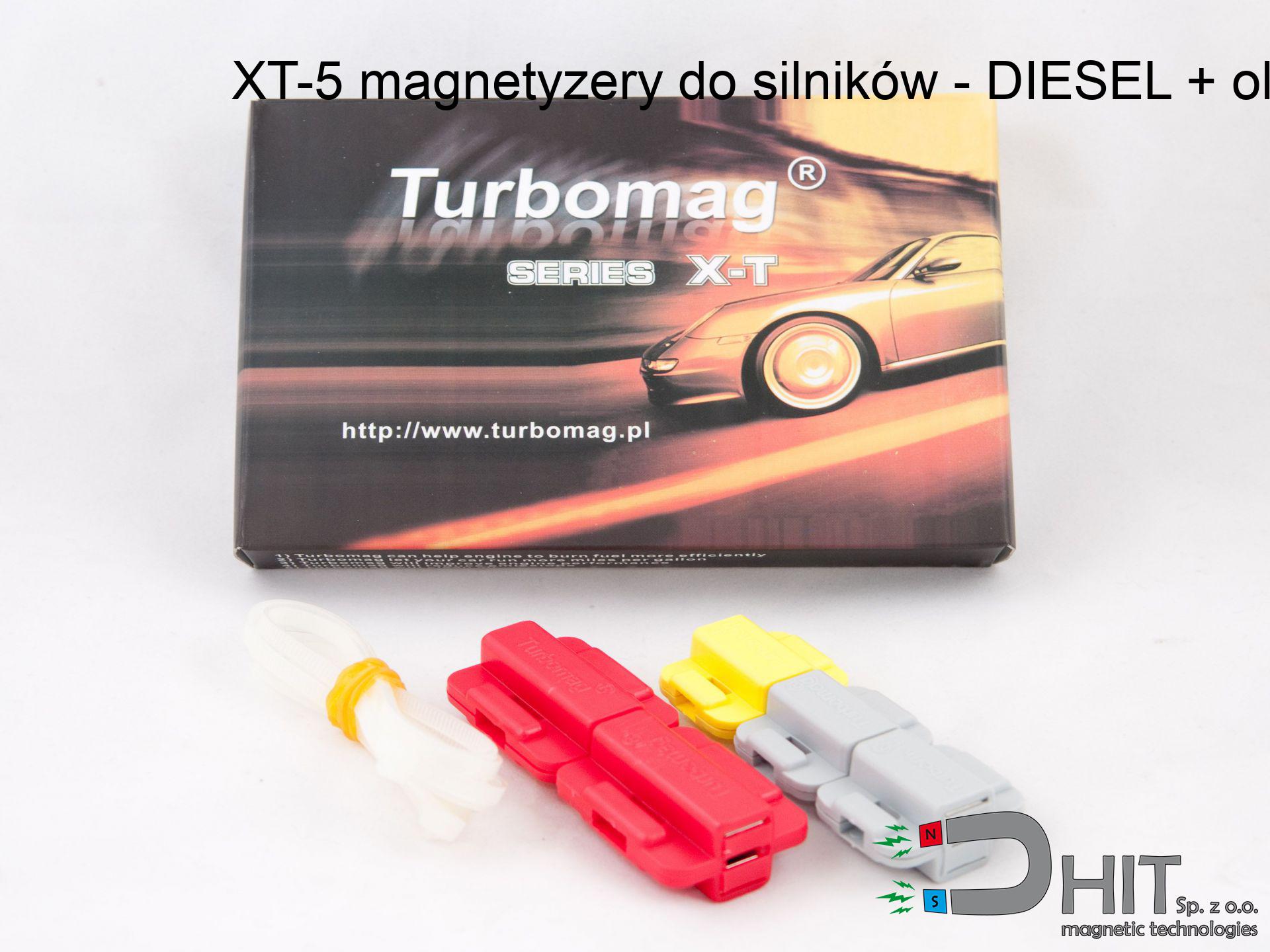UMGGW 43x6 [M4] GW / N38 - magnetic holder rubber internal thread
magnetic holder rubber internal thread
Catalog no 160307
GTIN: 5906301813651
Diameter Ø [±0,1 mm]
43 mm
Height [±0,1 mm]
6 mm
Weight
29 g
Load capacity
8.7 kg / 85.32 N
10.46 ZŁ with VAT / pcs + price for transport
8.50 ZŁ net + 23% VAT / pcs
bulk discounts:
Need more?Not sure about your choice?
Call us
+48 22 499 98 98
if you prefer get in touch through
contact form
the contact section.
Parameters and appearance of neodymium magnets can be analyzed with our
online calculation tool.
Orders placed before 14:00 will be shipped the same business day.
Magnetic properties of material N38
Physical properties of sintered neodymium magnets Nd2Fe14B at 20°C
Shopping tips
Advantages as well as disadvantages of NdFeB magnets.
In addition to their pulling strength, neodymium magnets provide the following advantages:
- They do not lose magnetism, even during approximately 10 years – the reduction in power is only ~1% (based on measurements),
- They do not lose their magnetic properties even under close interference source,
- In other words, due to the shiny surface of nickel, the element looks attractive,
- Magnetic induction on the surface of the magnet remains exceptional,
- Neodymium magnets are characterized by very high magnetic induction on the magnet surface and are able to act (depending on the form) even at a temperature of 230°C or more...
- Thanks to versatility in designing and the capacity to customize to complex applications,
- Wide application in advanced technology sectors – they are utilized in magnetic memories, drive modules, diagnostic systems, as well as technologically advanced constructions.
- Thanks to concentrated force, small magnets offer high operating force, in miniature format,
Characteristics of disadvantages of neodymium magnets: weaknesses and usage proposals
- They are fragile upon too strong impacts. To avoid cracks, it is worth securing magnets in special housings. Such protection not only shields the magnet but also improves its resistance to damage
- Neodymium magnets lose strength when exposed to high temperatures. After reaching 80°C, many of them experience permanent drop of strength (a factor is the shape as well as dimensions of the magnet). We offer magnets specially adapted to work at temperatures up to 230°C marked [AH], which are extremely resistant to heat
- They oxidize in a humid environment. For use outdoors we recommend using waterproof magnets e.g. in rubber, plastic
- Due to limitations in realizing nuts and complicated forms in magnets, we propose using casing - magnetic holder.
- Health risk related to microscopic parts of magnets are risky, if swallowed, which becomes key in the context of child safety. Additionally, small elements of these products can disrupt the diagnostic process medical after entering the body.
- High unit price – neodymium magnets cost more than other types of magnets (e.g. ferrite), which increases costs of application in large quantities
Best holding force of the magnet in ideal parameters – what affects it?
Information about lifting capacity was defined for ideal contact conditions, including:
- with the contact of a yoke made of low-carbon steel, ensuring full magnetic saturation
- possessing a massiveness of minimum 10 mm to ensure full flux closure
- characterized by even structure
- without any insulating layer between the magnet and steel
- under vertical force direction (90-degree angle)
- at standard ambient temperature
Impact of factors on magnetic holding capacity in practice
It is worth knowing that the magnet holding will differ depending on the following factors, starting with the most relevant:
- Space between surfaces – every millimeter of separation (caused e.g. by veneer or dirt) drastically reduces the magnet efficiency, often by half at just 0.5 mm.
- Load vector – highest force is reached only during pulling at a 90° angle. The shear force of the magnet along the plate is typically many times smaller (approx. 1/5 of the lifting capacity).
- Metal thickness – the thinner the sheet, the weaker the hold. Part of the magnetic field penetrates through instead of generating force.
- Plate material – mild steel gives the best results. Higher carbon content decrease magnetic properties and holding force.
- Smoothness – ideal contact is possible only on polished steel. Rough texture create air cushions, reducing force.
- Operating temperature – NdFeB sinters have a sensitivity to temperature. When it is hot they lose power, and in frost they can be stronger (up to a certain limit).
* Holding force was checked on a smooth steel plate of 20 mm thickness, when a perpendicular force was applied, whereas under attempts to slide the magnet the lifting capacity is smaller. Moreover, even a minimal clearance {between} the magnet and the plate lowers the lifting capacity.
Warnings
GPS and phone interference
Be aware: rare earth magnets produce a field that interferes with sensitive sensors. Maintain a safe distance from your mobile, device, and navigation systems.
Magnets are brittle
Despite metallic appearance, neodymium is brittle and not impact-resistant. Avoid impacts, as the magnet may crumble into hazardous fragments.
Nickel coating and allergies
Some people suffer from a hypersensitivity to Ni, which is the common plating for NdFeB magnets. Extended handling might lead to skin redness. It is best to use safety gloves.
Medical interference
Health Alert: Strong magnets can turn off heart devices and defibrillators. Do not approach if you have electronic implants.
Permanent damage
Avoid heat. NdFeB magnets are susceptible to heat. If you need resistance above 80°C, inquire about special high-temperature series (H, SH, UH).
Choking Hazard
NdFeB magnets are not toys. Eating multiple magnets may result in them pinching intestinal walls, which constitutes a critical condition and necessitates urgent medical intervention.
Handling rules
Use magnets with awareness. Their powerful strength can shock even professionals. Be vigilant and respect their power.
Dust is flammable
Machining of neodymium magnets poses a fire risk. Magnetic powder reacts violently with oxygen and is difficult to extinguish.
Crushing force
Big blocks can crush fingers in a fraction of a second. Never place your hand between two strong magnets.
Keep away from computers
Data protection: Neodymium magnets can damage payment cards and sensitive devices (heart implants, hearing aids, mechanical watches).
Safety First!
Looking for details? Read our article: Are neodymium magnets dangerous?

![Rubber coated magnetic holder UMGGW 43x6 [M4] GW / N38 Rubber coated magnetic holder UMGGW 43x6 [M4] GW / N38](https://cdn3.dhit.pl/graphics/banners/magnet.webp)
![UMGGW 43x6 [M4] GW / N38 - magnetic holder rubber internal thread](https://cdn3.dhit.pl/graphics/products/umg-43x6-m6-gw-hel.jpg)
![UMGGZ 66x8.5 [M8] GZ / N38 - rubber magnetic holder external thread UMGGZ 66x8.5 [M8] GZ / N38 - rubber magnetic holder external thread](https://cdn3.dhit.pl/graphics/products/umggz-66x8.5-m6-gz-gas.jpg)

![BM 510x180x70 [4x M8] - magnetic beam BM 510x180x70 [4x M8] - magnetic beam](https://cdn3.dhit.pl/graphics/products/bm-510x180x70-4x-m8-cem.jpg)


